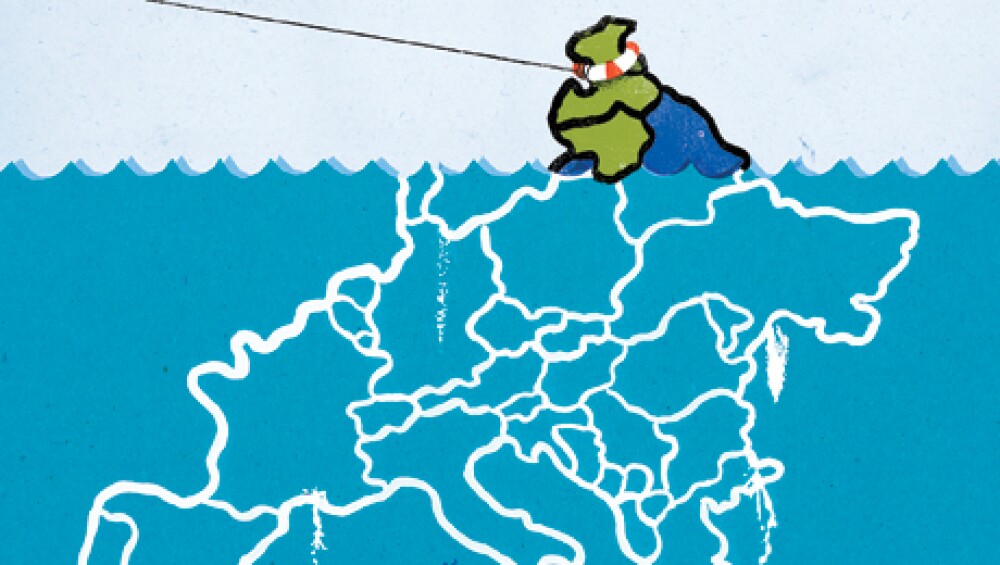As the euro zone nations sour on austerity, the Baltic republics of Estonia, Latvia and Lithuania keep taunting them. Lithuanian President Dalia Grybauskaite, for one, contends that deep spending cuts helped her country bounce back from the financial crisis; its economy grew 3.6 percent last year, according to the national statistics office. Estonia and Latvia, which also swallowed bitter fiscal medicine, expanded by 3.2 percent and 5.6 percent, respectively. Latvia’s growth was the highest in the European Union.
Rainer Kattel has a different take. Professor of innovation policy and technology governance at Estonia’s Tallinn University of Technology, Kattel recently cowrote a paper on the Baltic states and the crisis. He argues that despite harsh austerity measures clocking in at between 8 and 9.5 percent of GDP in 2009 alone, the three countries “outsourced” their recovery. Besides relying heavily on EU structural funds, Kattel explains, they tightly integrated exports with Scandinavia. “I don’t think there is any connection with the recovery,” he says of the austerity programs. “The recovery came from outside.”
Greece, Italy and Spain can’t count on a similar external lifeline because their economies are far less export-driven, Kattel adds: “In that sense, the Baltics were unique.” • •


